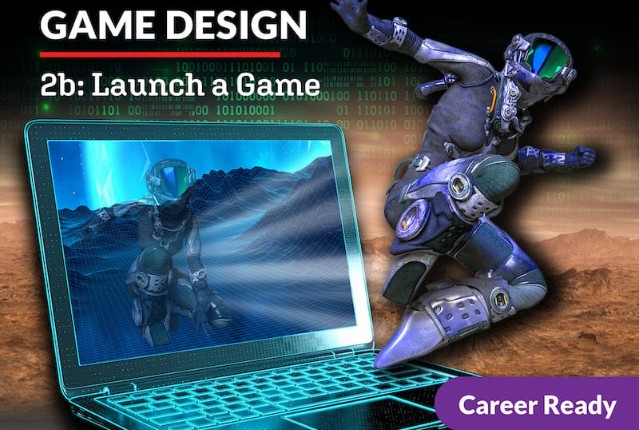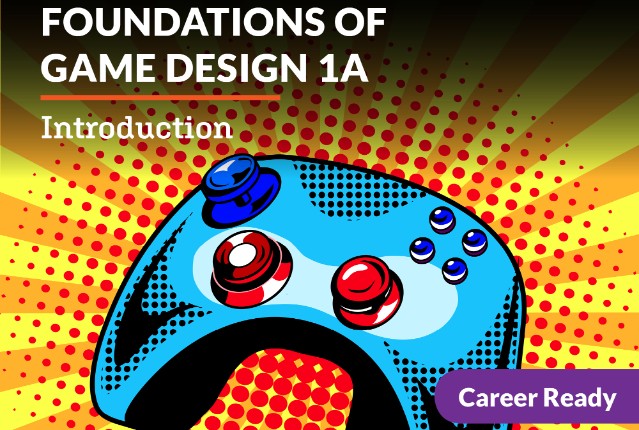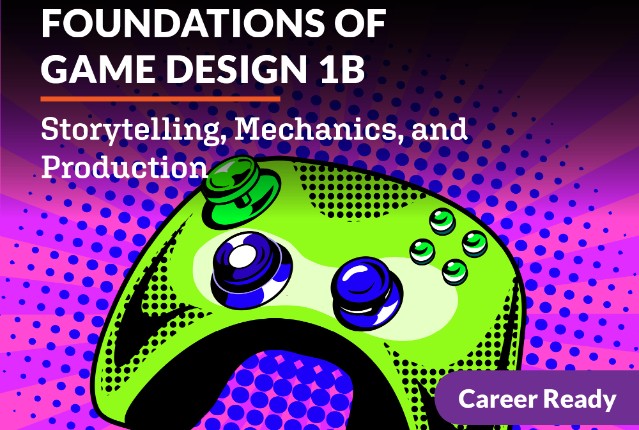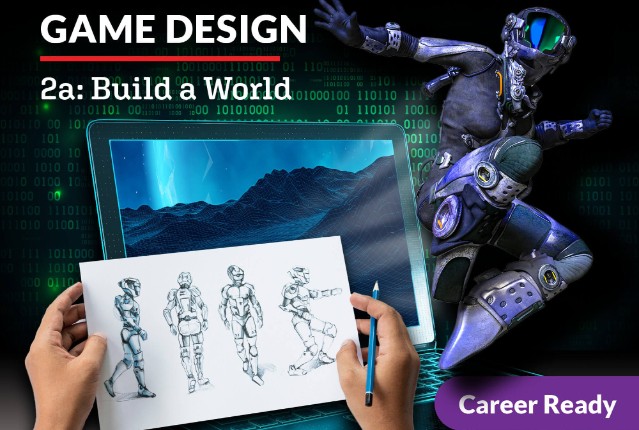
Game Design 2b: Launch a Game
You’ve already done the groundwork, and now it’s time to level up and launch! In Game Design 2b, you’ll take your runner game to new heights and enter the land of fire and ice using the cool tools that Unity has to offer! Get ready to build atmospheric landscapes, mountain runs, stair builds, and implement obstacles to keep your relic safe! Then, your real-world game begins: test and evaluate your game and prepare for a market launch! All of the moving parts of the game development process come together in this course, so you can unleash your game into the world!
Review course outlineAccess for a year
USD 299.00*
* Choose more courses to get a discount



